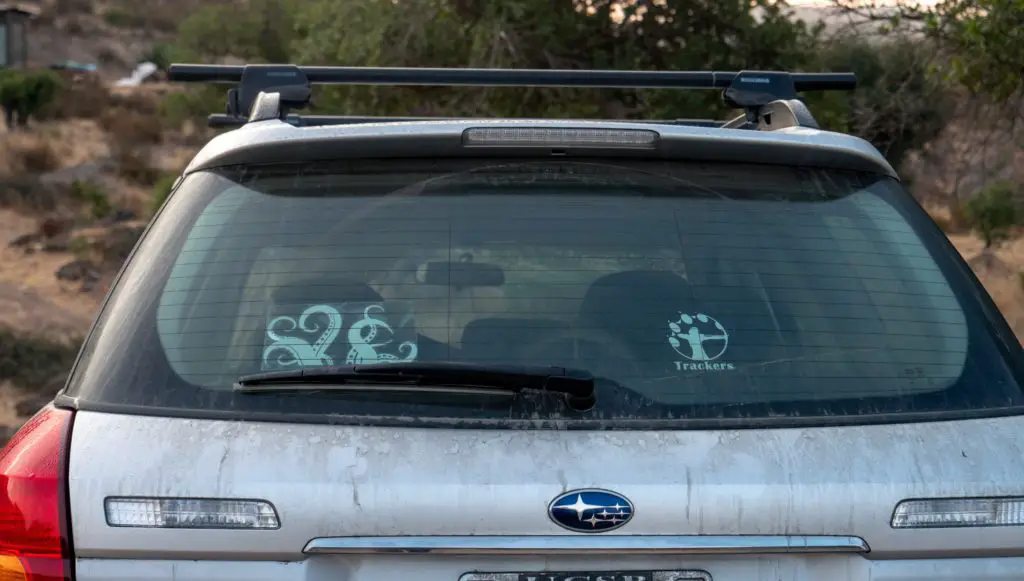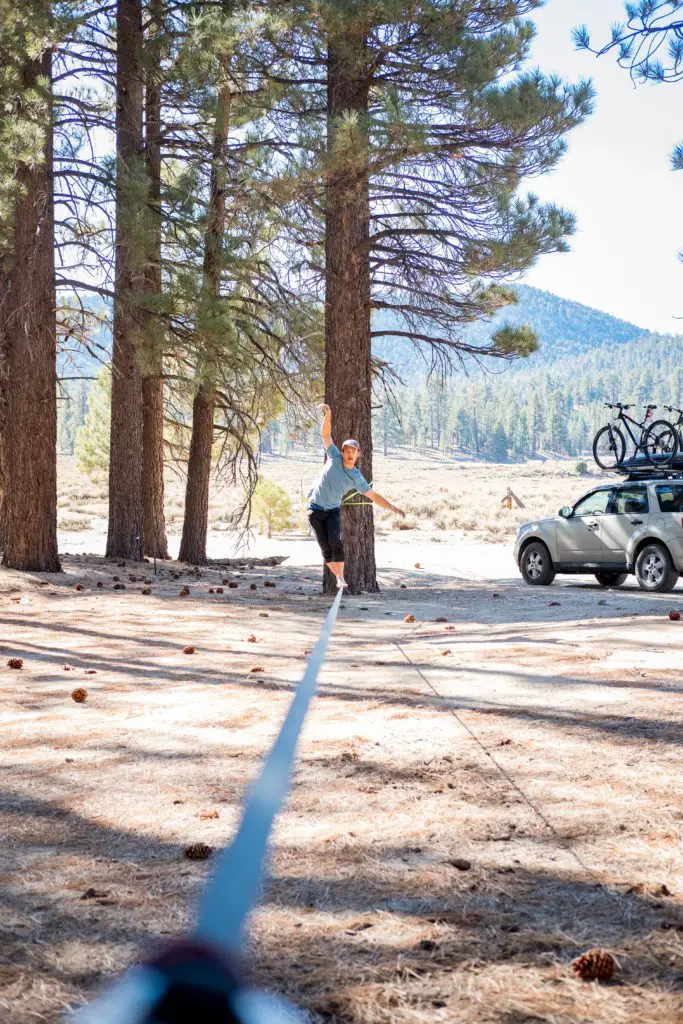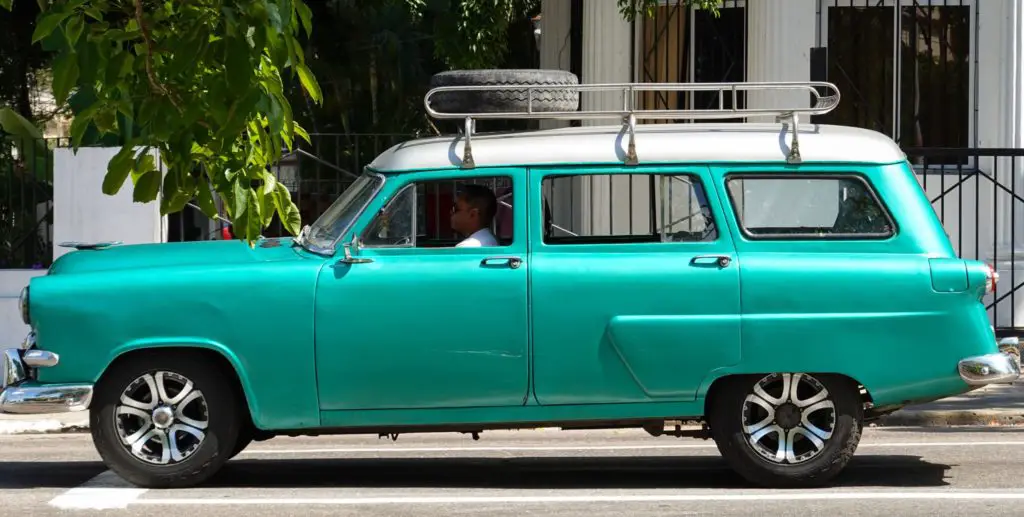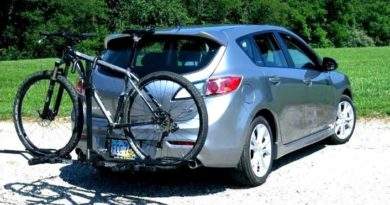How to Keep Bikes from Swaying on Bike Rack?
**Articles may contain links that I earn compensation for if clicked and you make a purchase. As an Amazon Associate, I earn from qualifying purchases. These earnings do not actually impact the price of the product or service.
The bike swaying forward and back on the mounted racks makes a rattling noise, which can be pretty irritating for most. Besides the noise, too much sway can damage your bike and car. Therefore, you should try your best to minimize the sway to protect your bike and your vehicle simultaneously.
There are various kinds of racks – hitch rack, roof rack, trunk rack, and bumper mount. However, all bike racks require a different method of installation to stop your bike from swaying and protect your ears from the rattling noise.
Therefore, to relieve you from the headache, we have done some research. This article will show you how to keep your bike from swaying on the bike rack. Moreover, we have gathered many tips for newcomers so that you don’t face such issues right from the beginning.

Table of Contents
Reasons Behind the Bike Sway on a Bike Rack
The reason behind the sway is the mechanism of the bike rack itself. You cannot blame the manufacturer as it’s not their fault in most cases. However, it depends on the bike rack, and how it holds the bike in relation to your car.
The bike also sways if you do not mount it properly on the hitch rack or trunk rack. Besides that, some racks are designed with anti-rattle mechanisms that make them wobble much less than their counterparts.
Therefore, it’s better for you to have a clear idea of how these racks work. This knowledge will help you buy a better product that doesn’t wobble or make rattling noises.
Following are the reasons causing the sway and the methods to clear the issue.
How to Prevent Swaying on Different Bike Racks
There are four main categories of the racks:
- Roof-Mounted Bike Rack
- Hitch-Mounted Bike Rack
- Hitchless or Trunk-Mounted Bike Rack
- Spare Tire-Mount Bike rack
These are the most common racks found in the market.
1. Roof-Mounted Bike Rack
Roof racks are mounted on the roof of your car. Due to their unique position, they are considerably more stable than most hitch rack-mounted bikes.
These racks come in two types – fork-mount, and upright roof racks. Upright roof racks hold your bike in a standing position as it is. You don’t need to make any modifications or remove any part of the bike to place them on the roof rack.
However, you need to remove the bike’s front wheel to place it on the fork-mount bike rack. This bike rack holds the bike from the frame, which makes this bike rack more stable compared to the upright bike rack. The roof rack is designed to keep the bike from its structure for a tight fit minimizing any sway.
Here are the tools to minimize the bike sway on a roof rack:
Tie-Down Strap: The tie-down straps don’t have much of a mechanism.
They just increase the downward pressure on the bike rack, which decreases wiggle.
Crossbar Adaptor: The crossbar adaptor doesn’t require any assembling.
Therefore, you can set it up quickly. It will reduce the bike’s movement without causing any damage if it is correctly set up.
2. Hitch-Mounted Bike Rack
 These hitch-mounted bike racks connect to your vehicle’s trailer hitch and are the most popular variant in the market. There are two plausible reasons why your bike wobbles with this method.
These hitch-mounted bike racks connect to your vehicle’s trailer hitch and are the most popular variant in the market. There are two plausible reasons why your bike wobbles with this method.
The first is the hitch connection, this is made like this intentionally, so you can easily slide the Hitch rack in and out. However, the amount of wiggle room can vary.
Secondly, the receiver can get loose with time. A lot of wear and tear can be a reason for it and the leading cause of the sway is the connection itself. Therefore, you better minimize the extra space between the hitch receiver and tray to give as little wiggle room as possible.
There are two distinct types of hitch bike racks – hanging and tray hitch racks. Hanging racks hold the bike from its frame, which causes more movement.
On the other hand, tray racks cause less movement as the bike rests on the tray or the rack’s platform. Here are a few tools to minimize the bike’s sway on the hitch bike rack.
Tools and Devices for Hitch-Mounted Bike Rack
Hitch Clamps: A hitch clamp is the first solution and by using two hitch clamps, you can clamp down the bike racks’ tow bar and the hitch receiver of the vehicle. You have to tightly clamp these parts together so that they don’t have much space to move or don’t let the metal contact so that it doesn’t make the rattle noise. Beyond this, hitch clamps are also used to tighten the mounted racks so that you can enjoy the anti-sway features.
Anti-Rattle Hitch Device: The anti-rattle hitch device is also known as a receiver lock hitch and these pins are made from metal. After the insertion of the device, there is less room left between the hitch receiver and the tow bar to wiggle. Furthermore, you need to insert the metal piece into the tow bar.
Next, you must put the bar into the hitch receiver and connect it with the threaded pin. In the end, you should put the washer and tighten it as much as possible. Anti-rattle hitch devices can set you free from any sway or rattle noise easily.
Anti-Sway Cradles: This tool might not be essential for hitch racks or the platform racks if they don’t sway much. However, if they do, you can improve your driving experience by decreasing the movement with this little tool. You have to attach the cradle to the hitch bike rack to minimize the legroom, which will stop or limit the hitch bike rack’s movement.
Anti-Sway Straps: With other sway-reduction tools, you can use this tool to strap the top heavy portion of the bike tightly to the bike rack to minimize the sway. However, with this tool, you can tighten the hefty portion of your bike frame to reduce the wobble. The straps aren’t capable of reducing the horizontal movement until combined with other sway-reduction tools.
3. Trunk Racks
These racks are capable of carrying three bikes at a time. The installation of this bike rack is hassle-free. It fits on the back of your car and can be mounted easily by anyone.
This bike rack is made from a combination of straps and hooks, making the setup easy and quick.
Furthermore, these racks are light and efficient but are prone to swaying. The swaying can damage the car’s paint and can hurt the bikes as well. Therefore, before using this bike rack on another vehicle, you should remember the damage it can cause.
Here are some steps to minimize the damage:
Anti-Sway Stability Cradles: You need to clamp down these rubber cradles to the movement area to stop the sway. These rubber cradles come out of the box with the racks.
Straps: Use more straps with an assortment of anti-sway cradles to minimize the motion generating the sway. These steps might not work as you desire. However, if you combine these solutions, you might eradicate most of the sway.
4. Spare Tire-Mount Bike Rack
This bike rack isn’t as common as the three other racks mentioned above. What’s more, you can only use these bike racks if your vehicle has a spare tire option on the back. This option usually comes mostly in SUVs.
However, it’s better to keep in mind that the performance of the bike racks vary depending on the tire size. The negative part of this bike rack is that it might sway a bit more than its counterparts depending on the heaviness of the bike. Unfortunately, there aren’t many solutions for these racks.
However, you could try using the anti-sway cradle or cage. You just have to mount these cradles below the arms that hold the bike.
These cradles are made from a rubbery and stretchy material. They can absorb the shock efficiently and are capable of minimizing the overall movement.

Frequently Asked Questions
1. Do bike racks sway normally?
Bike racks shouldn’t wobble or sway. However, if they do, you should use the right tools or products to minimize or eliminate the movement.
2. Are the trunk bike racks safe to use?
Yes, these racks are safe if you follow the proper measures. However, if you don’t secure them properly, they can scratch your car paint, and even cause the bike to fall off.
Conclusion
Seeing your bike wobble isn’t pleasant, especially while you drive. It can damage your car, your bike, or both. To prevent this, you should use the right equipment properly as they can help minimize the sway of the bike rack.
We have mentioned many methods for various mount racks that you can use to cut down the movement and the rattle noise. On that note, enjoy your trip, fellow cycler!

